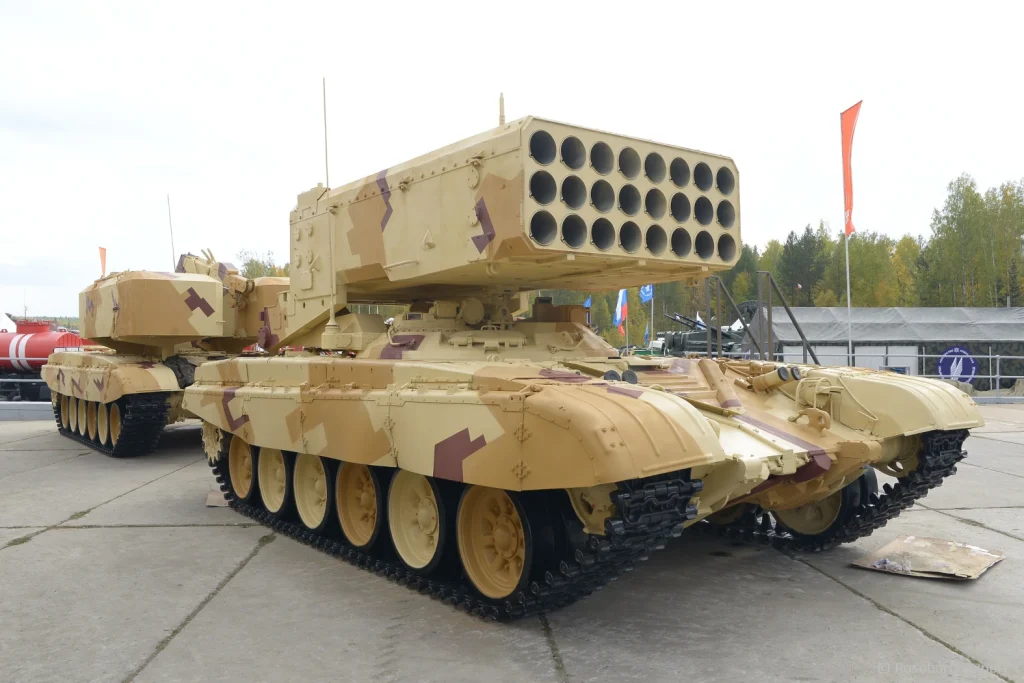Russian Tu-22M3s have already bombing methodically to destroy the “Azov Battalion and estimated 400 strong foreign mercenaries holed up in the Azovstal Plant.
End of the deadline
Ukraine’s Prime Minister Denys Shmyhal stated on the 17th that Ukrainian soldiers who continue to resist in the southern port city of Mariupol would fight to the end.
The Russian side said it had taken control of Mariupol the day before and had given an ultimatum to the Ukrainian soldiers in the steelworks to surrender by 1:00 pm Moscow time.
A few hours after the deadline, Prime Minister Denys Shmyhal emphasized that Mariupol’s hasn’t fallen yet. He said, “We still have our army, our soldiers. They will fight to the end.”
No storming of basements
The Russian Ministry of Defense said that it would not storm the basements with ‘militants’ at the plant. The entire area of the Azovstol plant will be smashed with high-explosive aerial bombs FAB-3000 from Tu-22M3 supersonic missile carriers. Then they will start burning the enemy with thermobaric charges from TOS-1A “Solntsepek”.
FAB-3000 – the mother of all conventional bombs
The FAB-3000 is a Soviet-era 3,000-kilogram unguided bomb designed primarily to destroy industrial, urban, and port facilities. This type of bomb was used by Soviet Tu-16 and Tupolev Tu-22M bombers during the Afghan war in the 1980s.
With an explosive mass of 1,400 kg, a potential kill radius of 46 meters, and a fragmentation radius of 260 meters, the FAB-3000 was one of the largest bombs in the Russian arsenal.
On April 17, the Russians had said that they had used FAB-500 and FAB-3000 aerial bombs, depriving the Ukrainian forces of the underground tunnels on the territory of Azovstal. The plant has an extensive network of underground tunnels, which Ukrainians actively used to quietly move from one part of the plant to another. As a result of the bombing, some tunnels had collapsed.
Prior to that, the city’s Mayor’s adviser Pyotr Andryushchenko had warned of the arrival of the TU bombers, which, in his opinion, indicated the intention “to start storming the steel bastion of Azovstal and the port after unloading powerful bombs such as FAB-3000 and others.”
Unconfirmed photos posted by users on Telegram on April 6, 2022, show a Soviet-made FAB-3000 bomb next to a Russian Air Force Tu-22M strategic bomber. The brief description of the photo says that Russian forces are preparing a bomb to hit Azovstal, one of the largest steel mills in Europe, which was already heavily damaged when Russia laid siege to the Ukrainian port city of Mariupol in March 2022.
TOS-1A “Solntsepek”
Since the beginning of Putin’s special operations, the Armed Forces of Ukraine have captured and destroyed about a dozen TOS-1A.
TOS-1 is a multiple launch rocket system firing 220-mm projectiles with a thermobaric warhead, often called “vacuum bombs” in everyday life.
Soviet Union started developing TOS-1 half a century ago. In 1980, it passed state tests, and in 1987 its mass production began. TOS-1 has seen service in Afghanistan.

In 2001, a new version of this heavy flamethrower system, TOS-1A, was developed and named ‘Sun’. The firing range was increased from 4-6 km to 10 km.
The chassis was also changed from T-72 to T-90. The number of rockets was reduced from 30 to 24. It was because the users felt that the “package” flew anywhere but not at the target.
Organizationally, each launcher is accompanied by two more transport-loading vehicles, carrying two containers of 12 shells each. TOS-1A uses optical sight, a laser rangefinder, a tilt sensor, and an electronic ballistic computer for targeting.
The “Solntsepeki” are in service with brigades and some regiments of NBC protection units, the RKhBZ.
Tactics difference in Mariupol
The tactics on Azovstal differ from the Russian tactics in Mariupol, where the tanks and heavy artillery were used to silence Ukrainian heavy weapons, and the light infantry did the rest to avoid civilian casualties.
In Mariupol, the Russias faced the most well structured urban warfare in the history of the world. The presence of foreign mercenary fighters bolstered the Ukrainian forces.
However, the Ukrainians, too, faced the fiercest urban combat units from the Donetsk militia, which have successfully kept Ukraine out of their liberated territories. The Chechen fighters were another formidable enemy who matched even the Ukrainian propaganda with their own videos. The Russian regular army and special forces formed the bulk of the troops against Mariupol.
Azov had fought in the Crimean War, but their contribution was questioned. Against Donetsk militia, the unit was known to be brutal yet ineffective. In the Donetsk siege, Azov was accused by the Russians of using civilians as a shield. On March 25, the Azov Regiment suffered its worst defeat and began operating as splintered groups.
